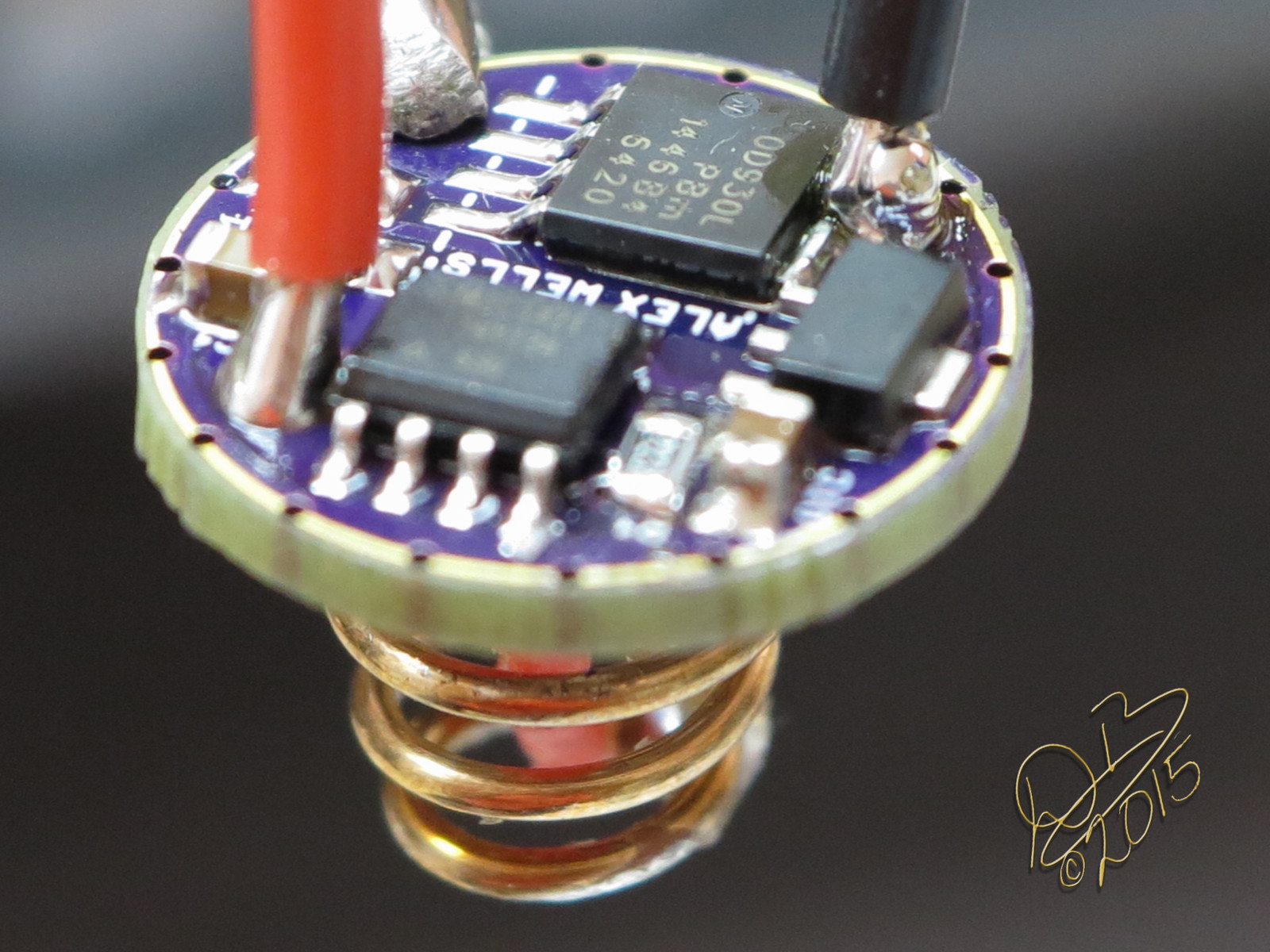@Dale, 1659.45 lumens that is a lot :bigsmile: interesting that with the new firmware that don’t engage the 7135 at max, it now pulls less Amp but more lumens, i guess that means the 7135 just really held things back before just like TK explained.
The whole circuit looks to be so efficient now, that even slightly lower resistance ups the output a lot, maybe you could test an upgrade to 18ga wires from the driver if it fits? I think i remember you using 22ga silicone wires now, that is the last & only thing i could possible think of that could up the output even the slightest bit more ![]() and if a 18 gauge wire don’t up the output, then at least we would know that a 22 gauge is good enough.
and if a 18 gauge wire don’t up the output, then at least we would know that a 22 gauge is good enough.
I just got a bunch of nice wires in various gauges from RMM today, so i will try to learn what trade offs there is with regard to wires sizes and what is really needed at different expected Amps before i get noticeable losses.
@Dale & TK, what is the R1 resistor value you are using now? i will probably order some FET+7135 boards from ospark as soon as wight’s latest soldereable star improvement is ready ![]() and i just want to make sure i got the needed resistor values for the values calibrated in your firmware.
and i just want to make sure i got the needed resistor values for the values calibrated in your firmware.
@TK, i like that 4 & 7 mode possibility, i know people requested a 4 mode driver & the cube-root model for visually linear output between modes is a very nice improvement also, i wish i could understand it mathematically but my mind just can’t process too advanced math successfully, i just get a headache when i try ![]() but i am glad others like you can and we all get to benefit from it
but i am glad others like you can and we all get to benefit from it ![]()


